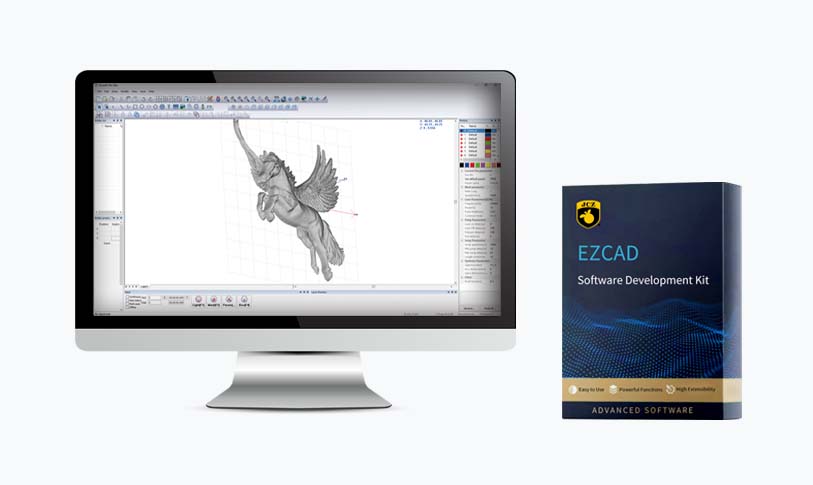In the world of modern manufacturing, precision and efficiency are paramount. As businesses strive to stay competitive in an increasingly complex market, advanced technologies have emerged to streamline processes and enhance productivity. Among these innovations, the 500W fiber laser has gained prominence as a game-changer in metal fabrication. With its ability to cut, engrave, and mark various materials with unmatched accuracy, the 500W fiber laser is revolutionizing the way industries approach their fabrication challenges.

Unlocking Precision and Efficiency in Metal Fabrication: The Revolutionary Impact of 500W Fiber Laser Technology

Unlocking Precision and Efficiency in Metal Fabrication: The Revolutionary Impact of 500W Fiber Laser Technology

Unlocking Precision and Efficiency in Metal Fabrication: The Revolutionary Impact of 500W Fiber Laser Technology
First introduced in the late 20th century, fiber lasers have evolved rapidly since their inception. The 500W fiber laser, specifically, stands out due to its remarkable balance of power and precision. While lower wattage lasers may struggle with thicker materials, the 500W model provides a versatile solution capable of handling a wide range of metal thicknesses, from thin sheets to moderately thick plates. This adaptability makes it an ideal choice for industries like automotive, aerospace, and general manufacturing, where diverse materials and varying thicknesses are commonplace.
One of the key advantages of the 500W fiber laser is its efficiency in energy consumption. Unlike traditional CO2 lasers, which can be costly to operate, fiber lasers have a much higher electrical-to-optical conversion efficiency. This translates to lower operational costs and a smaller environmental footprint, as businesses look to adopt more sustainable manufacturing practices.
Furthermore, the 500W fiber laser enables high-speed processing. Its focused beam allows for rapid cutting speeds, significantly reducing production time while maintaining quality. This speed advantage is crucial in today’s fast-paced manufacturing environment, where delays can lead to lost contracts and diminished market share. The ability to produce complex shapes and intricate designs with precision further amplifies the competitive edge that businesses can achieve by employing this technology.
Another notable feature of the 500W fiber laser is its versatility. It can effortlessly cut through a variety of metals, including stainless steel, aluminum, brass, and copper. This multi-metal capability allows companies to diversify their product offerings and meet a broader range of customer demands without investing in multiple types of machinery. Additionally, the system’s ability to integrate with software for automation and programming means that manufacturers can implement advanced designs and configurations without significant delays.
Moreover, the maintenance requirements for fiber lasers are minimal compared to their CO2 counterparts. With fewer moving parts and a simpler design, these systems tend to have longer lifespans and greater reliability. This translates into reduced downtime for maintenance and repairs, allowing manufacturers to maximize their productivity.
However, implementing a 500W fiber laser into an existing production line comes with considerations. Training and adaptation are critical, as operators need to familiarize themselves with the new technology to fully harness its capabilities. Manufacturers may also need to invest in complementary technologies such as advanced cooling systems to ensure optimal performance.
In conclusion, the 500W fiber laser represents a significant leap forward in metal fabrication technology. Its combination of precision, efficiency, and versatility allows industries to enhance their manufacturing processes while reducing costs and improving product quality. As more businesses recognize the benefits of cutting-edge laser technology, the 500W fiber laser is poised to play a central role in the future of manufacturing, driving innovation and competitiveness across various sectors. Embracing this technology may just be the key to unlocking new opportunities and setting the stage for long-term success in an ever-evolving market.galvanometer mirror laser



